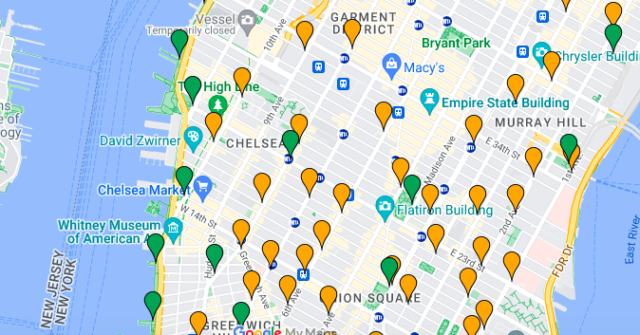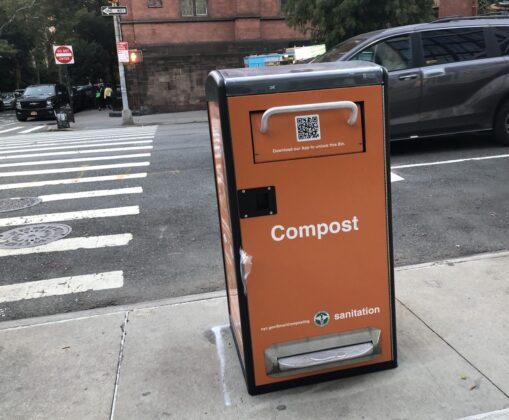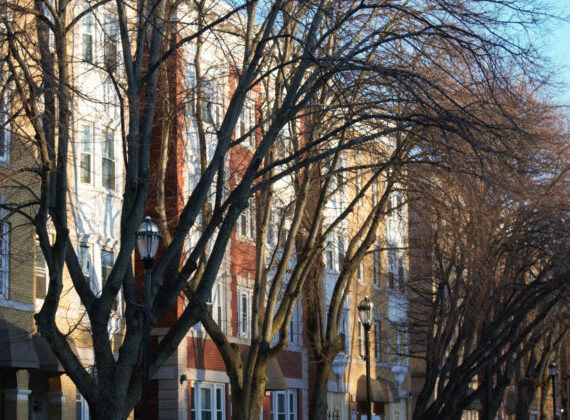Years back, when there was a pilot program for food waste collection in part of Brooklyn, I wondered why we weren’t doing something like that here.
All these years later, finally, some Connecticut towns are timidly dipping their toes in the water. I am the odd lifelong state resident who is all for simply pushing people in the proverbial water, especially when we don’t need more local project pilots telling us what others have established long ago: it’s fine.
The barriers to progress sound like:
- OMG, rodents!
- OMG, how do we fund this?!
- Our municipality has super unique conditions that exist nowhere else on the planet and cannot be worked through
To ruin a song, if you can make composting happen in New York, then you can make that happen anywhere.
Drop-off composting is currently available in all boroughs – not everywhere, but convenient for many residents. This is not the model that we see adopted in some Connecticut towns where the expectation is that residents would drive their scraps to a transfer station; and we know that’s the assumption because how many transfer stations are on bus lines or near bike trails?
Some of these drop-off sites are community gardens and open sites. Others are Smart Composting Bins (see top photo) which require an app to access, but are open 24/7 and include collection of meat, bones, and dairy. (Pic below shows some of the drop-off locations in Manhattan)
The closest version of this that I have seen locally is when a food scrap collection company has made appearances at farmers’ markets. Good, but we can easily be doing better. Even if we’re not installing bins every other block in downtown, could we do something like this in our parks and at two or three other locations in each neighborhood? I don’t believe the saying that people do better when they know better, but they are more likely to when better options are made more convenient to them and when this is adequately communicated.

Beyond this, curbside residential compost collection is happening and in process of expanding throughout New York.
It began in Queens in autumn 2022. At the beginning of October 2023, this expanded to Brooklyn. If there have been any riots resulting, I have not heard of them. The plan is to add in Staten Island and the Bronx by the end of March 2024, and then Manhattan by this time next year.
No need to run your own pilot – observe what has and has not worked for our neighbors a short train ride away. Make it convenient, provide education, and don’t go on winter hiatus – people still eat during colder months and still have coffee grounds, eggshells, and banana peels to get rid of.
If NYC, with nearly 9 million residents, can get this rolling in two years, tell me why your town with fewer than 200,000 residents can’t figure it out? I’ll wait.
Climate Possibilities is a series about climate mitigation, along with resilience, resistance, and restoration. It’s about human habitat preservation. It’s about loving nature and planet Earth, and demanding the kind of change that gives future generations the opportunity for vibrant lives. Doomers will be eaten alive, figuratively. All photographs are taken in Hartford, Connecticut unless stated otherwise.


Genuine – Real Hartford
[…] I shared the piece about composting in New York, I got a lot of response (which I’m grateful for but when it comes through in emails, DMs, […]